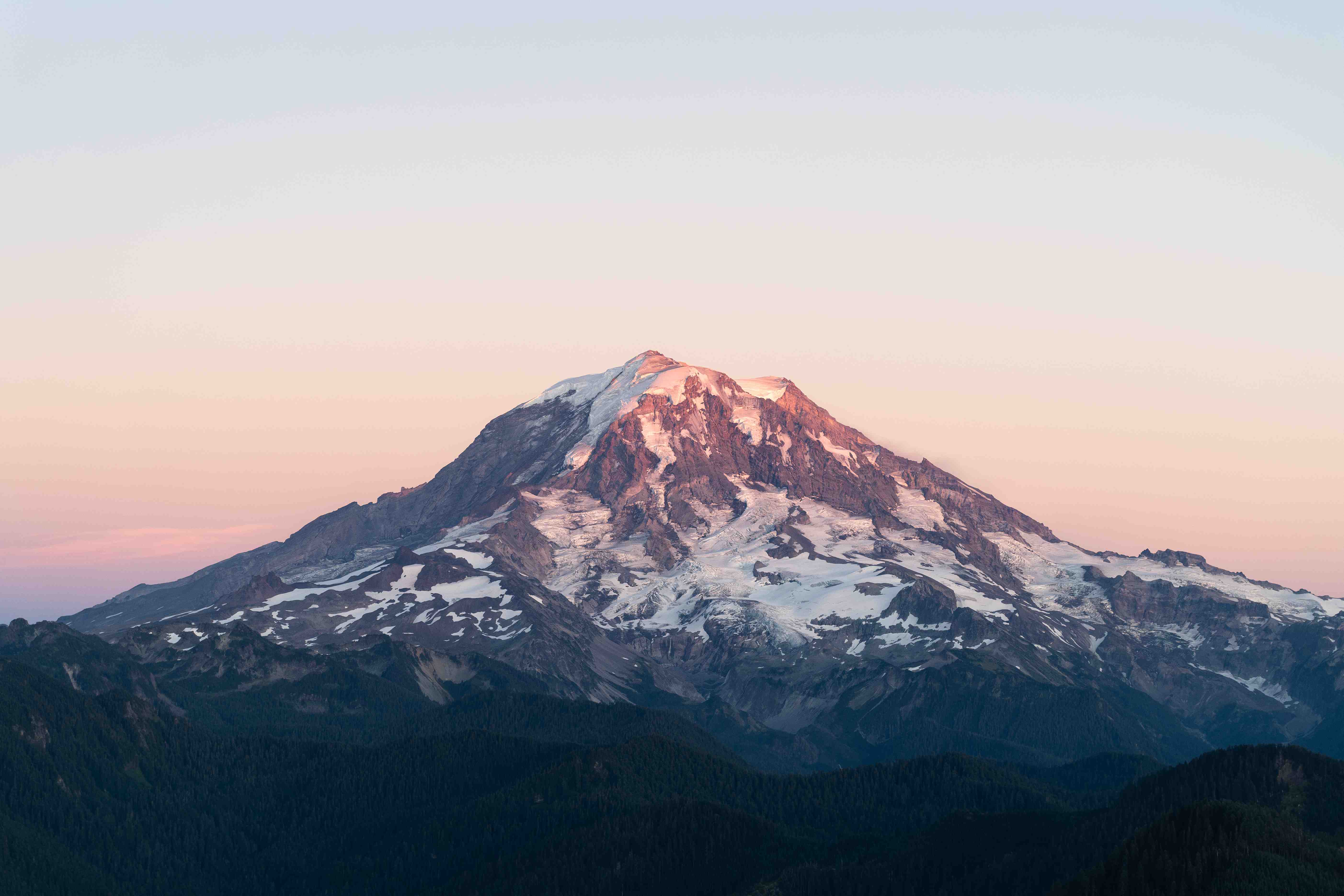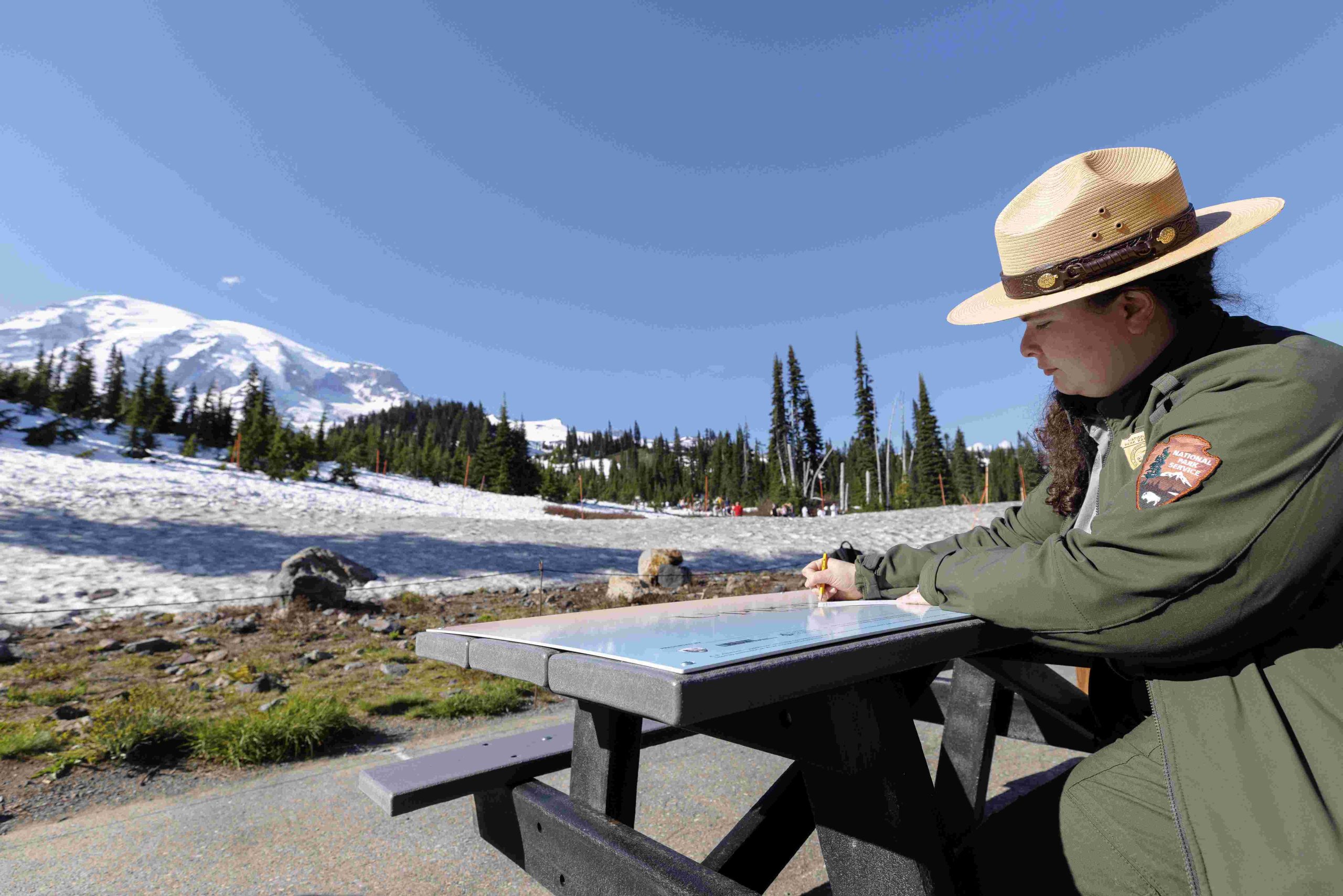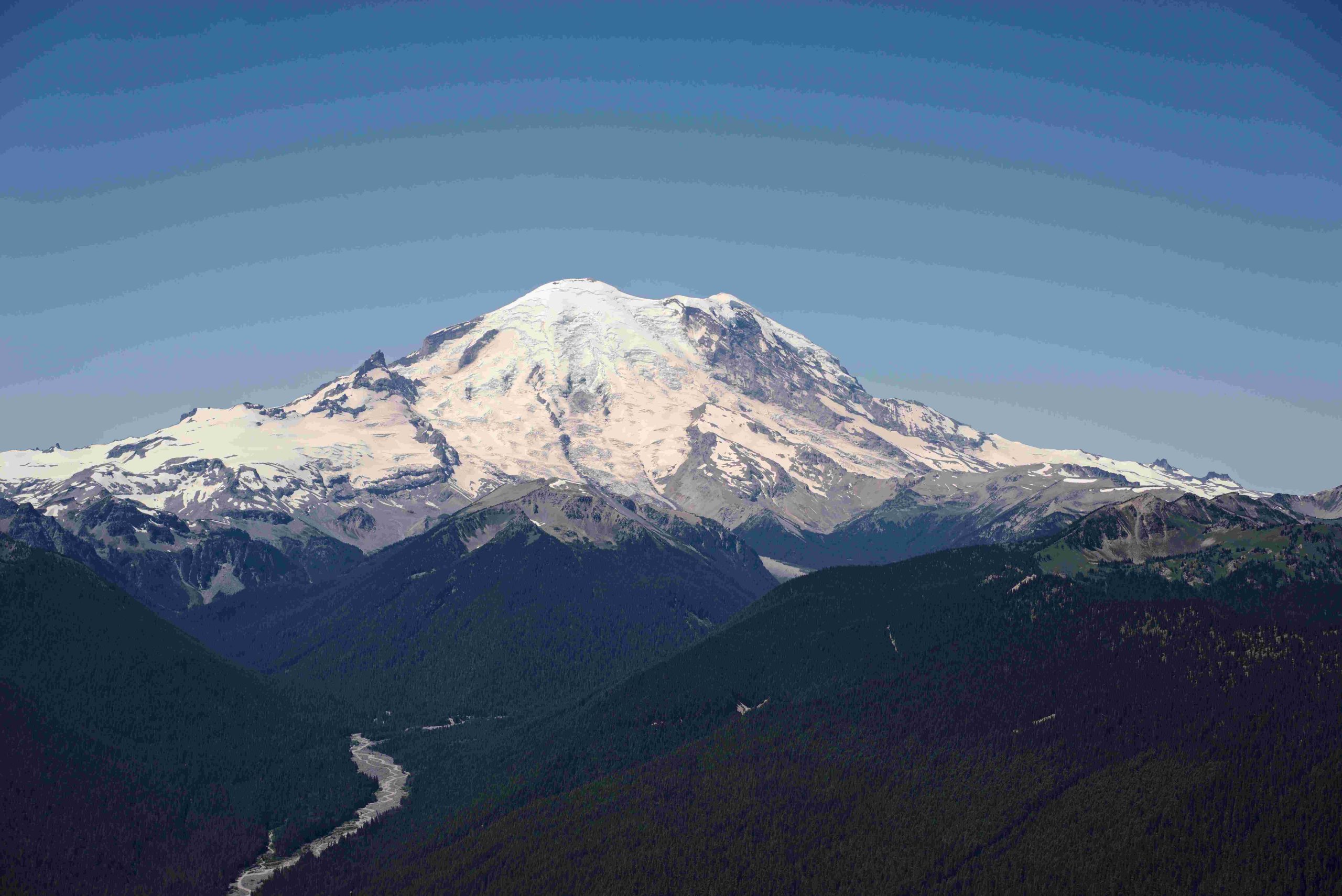Mount Rainier, an iconic stratovolcano in Washington State, is often a subject of geological curiosity. While it’s an active volcano with impressive geothermal features, Mount Rainier is not classified as a hot spot. Instead, it’s part of the Cascade Volcanic Arc, formed by the subduction of the Pacific plate under the North American plate. This article explores the volcanic nature of Mount Rainier, its geological classification, and what makes it unique among volcanoes.
What Defines a Hot Spot Volcano?

Before delving into Mount Rainier’s classification, it’s essential to understand what constitutes a hot spot volcano:
- Hot spot volcanoes form over mantle plumes, areas of abnormally hot rock in the Earth’s mantle.
- They are not typically associated with plate boundaries.
- Examples include the Hawaiian Islands and Yellowstone.
Mount Rainier, however, doesn’t fit this description. Let’s explore why.
Why Isn’t Mount Rainier Considered a Hot Spot?

Mount Rainier’s formation and characteristics differ significantly from hot spot volcanoes:
- Tectonic Setting: Mount Rainier is part of the Cascade Volcanic Arc, formed by subduction.
- Formation Process: It results from the melting of the subducting Juan de Fuca plate beneath the North American plate.
- Location: Unlike hot spots, which can occur in the middle of tectonic plates, Mount Rainier is located along a plate boundary.
What Type of Volcano is Mount Rainier?
Mount Rainier is classified as a stratovolcano, also known as a composite volcano. Key characteristics include:
- Steep, conical shape
- Built up by many layers of hardened lava, tephra, and volcanic ash
- Prone to explosive eruptions
How Does Mount Rainier’s Volcanic Activity Compare to Hot Spots?
While not a hot spot, Mount Rainier exhibits significant volcanic activity:
| Feature | Mount Rainier | Typical Hot Spot Volcano |
|---|---|---|
| Eruption Frequency | Approximately 12 times in 2,600 years | Can vary widely |
| Eruption Type | Explosive (VEI 2-4) | Often effusive, can be explosive |
| Geothermal Features | Fumaroles, hydrothermal activity | Often more extensive |
| Magma Source | Subduction-related | Mantle plume |
What Geothermal Features Does Mount Rainier Have?
Despite not being a hot spot, Mount Rainier boasts impressive geothermal features:
- Fumaroles: Vents emitting steam and volcanic gases
- Hydrothermal Alteration: Areas where rocks have been chemically changed by hot, acidic fluids
- Warm Springs: Several warm springs exist on the volcano’s flanks
These features are a result of the heat generated by the magma chamber beneath the volcano, interacting with groundwater and surrounding rocks.
How Does Mount Rainier’s Eruption History Differ from Hot Spot Volcanoes?
Mount Rainier’s eruption history is distinct from typical hot spot volcanoes:
- Frequency: Eruptions are less frequent than many hot spot volcanoes.
- Style: Tends towards explosive eruptions rather than the effusive eruptions common in some hot spots.
- Hazards: Prone to lahars (volcanic mudflows) due to its glaciated peak, a hazard not typically associated with hot spot volcanoes.
What Makes Mount Rainier Unique Among Volcanoes?
Several factors contribute to Mount Rainier’s uniqueness:
- Size: It’s the highest peak in the Cascade Range at 14,411 feet (4,392 meters).
- Glaciation: Hosts the largest glacier system in the contiguous United States.
- Proximity to Urban Areas: One of the most dangerous volcanoes in the world due to its location near Seattle and Tacoma.
- Ecosystem: Supports diverse flora and fauna across various elevation zones.
How Can Visitors Experience Mount Rainier’s Volcanic Features?
For those interested in exploring Mount Rainier’s volcanic nature:
- Visitor Centers: Paradise and Sunrise visitor centers offer educational exhibits about the volcano’s geology.
- Hiking Trails: Many trails provide views of the volcano’s features and glaciers.
- Ranger-Led Programs: Participate in guided hikes and talks about the volcano’s history and potential hazards.
- Scenic Drives: The Sunrise Road and Paradise Road offer stunning views and access to key areas of the park.
What Safety Precautions Should Visitors Take?
Given Mount Rainier’s active status, visitors should:
- Stay informed about current volcanic activity levels.
- Be aware of evacuation routes in case of an eruption.
- Follow all park guidelines and ranger instructions.
- Carry appropriate gear for hiking in volcanic terrain.
Conclusion: Understanding Mount Rainier’s Volcanic Nature
While Mount Rainier is not a hot spot volcano, it remains an active and potentially dangerous stratovolcano. Its unique geological setting in the Cascade Volcanic Arc, impressive size, and proximity to urban areas make it a subject of ongoing scientific study and public interest. Understanding its volcanic nature is crucial for both appreciating its beauty and respecting its potential hazards.
References:
1. Mount Rainier – Wikipedia
2. Rainier – Global Volcanism Program
3. Mount Rainier National Park – Official Website

